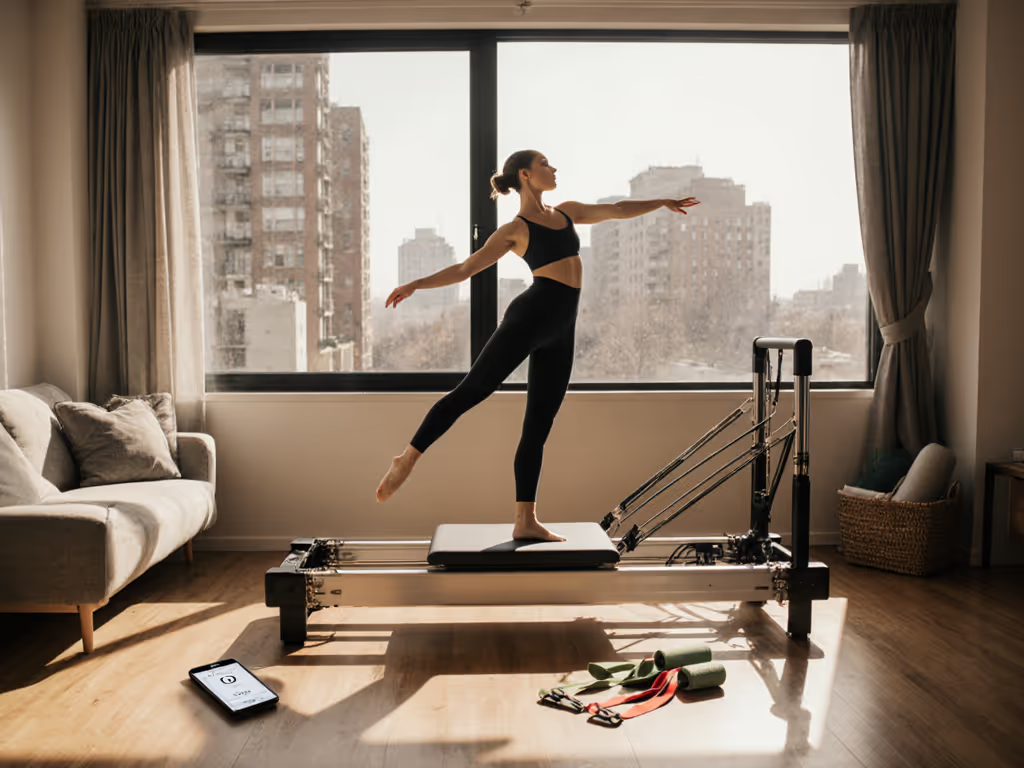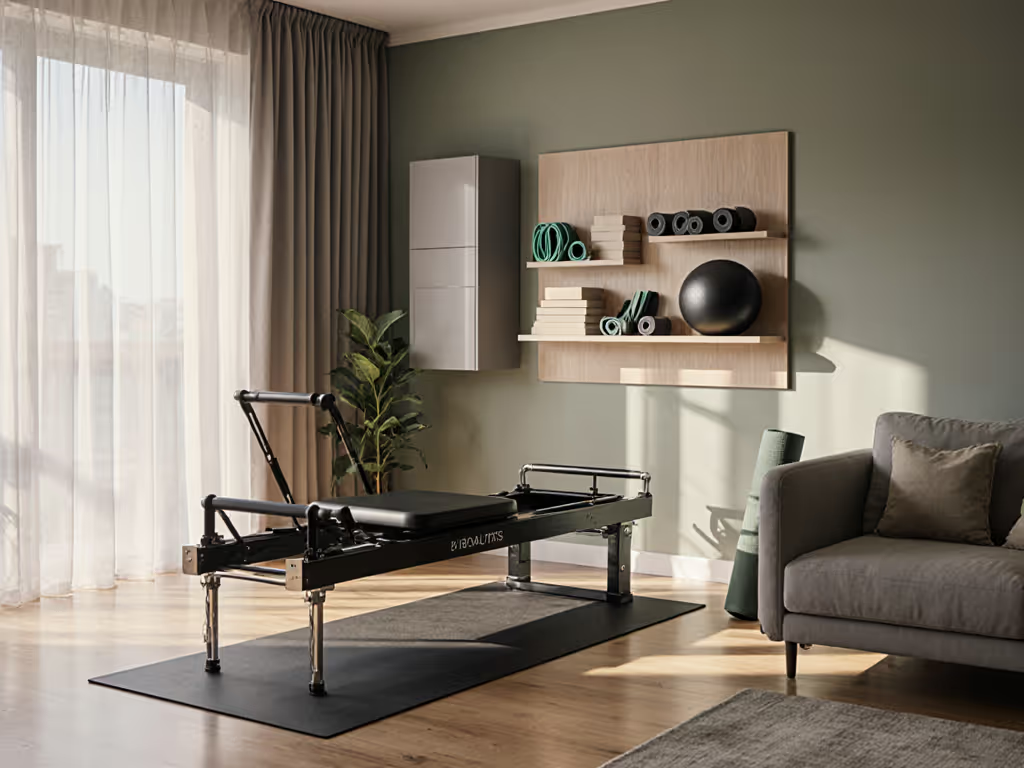
Precision Pilates Tools for Golf, Tennis, Swimming Performance
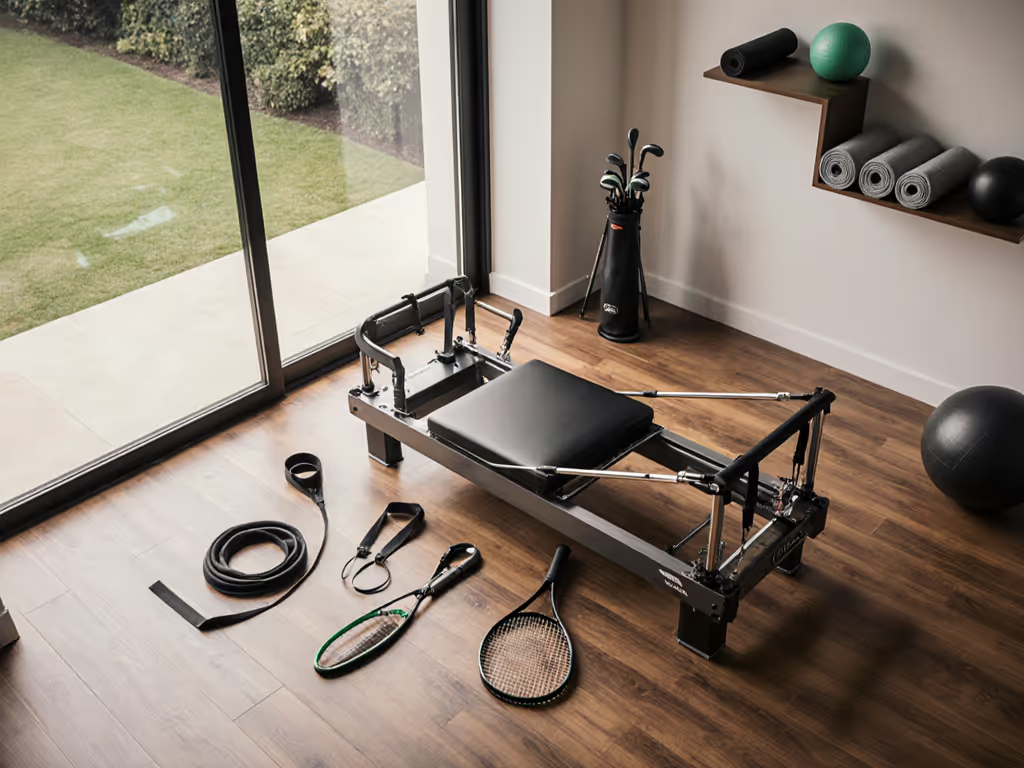
For urban athletes in tight quarters, the best pilates equipment balances performance with discretion, allowing focused training without neighbor anxiety. This isn't about mirroring Olympic routines; it's adapting precision movement to your space constraints while targeting sport-specific needs. Chair pilates emerges as a surprisingly potent solution, transforming stability work into silent, apartment-friendly drills. After all, comfort reduces friction; quiet sustains adherence and attention. When noise becomes a barrier, your practice suffers, not just your neighbors. Comfort is quiet, and quiet is compliance with your goals.
Why Quiet Precision Matters for Sport-Specific Training
Shared living spaces demand equipment that respects acoustic boundaries. Standard reformers with heavy springs or rebounders often create disruptive vibrations, especially problematic for golfers needing rotational control, tennis players refining kinetic chains, or swimmers building shoulder mobility. Yet these very athletes benefit most from Pilates' focus on spinal alignment, core engagement, and joint stability. The solution lies in adjustable setups that prioritize smooth mechanics and sensory-friendly execution. Consider this evidence snippet: industry vibration testing shows equipment with rubberized rails and low-tension springs reduces floor transmission by 60% compared to standard models (critical for pre-war buildings or high-rises). For a deeper look at how springs and bands affect load and feel, see our resistance mechanics explainer.
Step 1: Golf Swing Improvement Through Silent Stability Drills
Golfers lose power to unstable hips and restricted thoracic rotation, issues exacerbated by noisy equipment that triggers tension. Instead of dynamic footwork on a rebounder (which risks downstairs complaints), try these quiet progressions:
- Start seated: Anchor yourself on a stable chair or reformer box. Place feet shoulder-width apart, mimicking your stance. Hold a light spring (yellow resistance) at chest height. Rotate only your upper body against light resistance, exhaling fully on each turn. This builds rotational awareness without weight shifts that rattle floors.
- Progress to standing stability: Use a chair for light fingertip support. Perform slow torso twists while maintaining pelvic stillness (no hip sway). A foam pad under your leading foot absorbs micro-vibrations.
Key insight: Quiet setups allow sustained focus on the subtle hip-shoulder separation that defines a powerful swing. One client confessed she'd stopped practicing due to thumping footwork, until we swapped springs for quieter alternatives. Her consistency returned when she felt permission to focus.
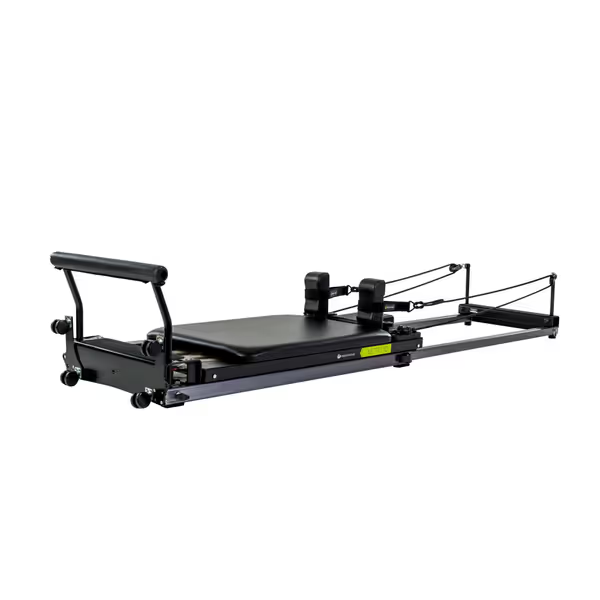
Balanced Body Metro IQ Pilates Reformer
Some models like the Balanced Body Metro IQ Reformer (with telescoping frame and library wheels) excel here. For small-space shoppers, compare our quiet compact reformer picks. Its adjustable footbar and silent carriage rails enable chair-based stability drills that fit in 2x6 ft. spaces, perfect for hallway corners. Avoid: Heavy spring stacks or rebounders during swing work; save cardio for outdoor intervals.
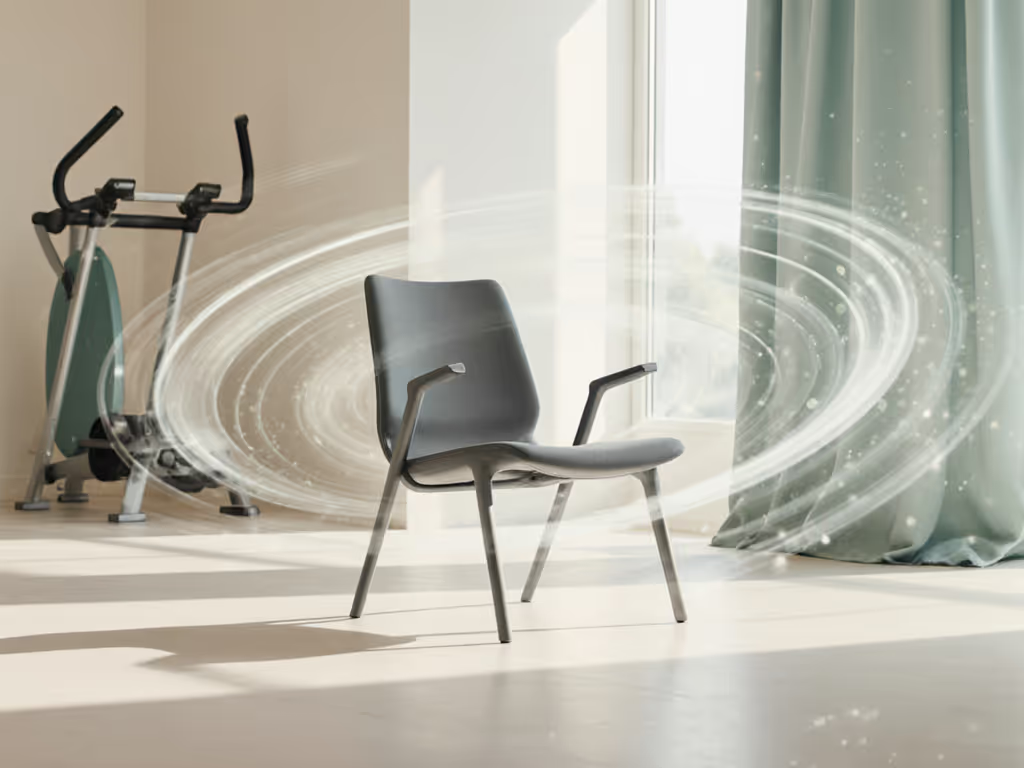
Step 2: Tennis Rotation Training Without the Thump
Tennis demands controlled spinal rotation, yet traditional side bends or jumps on reformers can transfer jarring vibrations to lower floors. Quiet alternatives prioritize fluidity over resistance:
- Use minimal springs: Attach one light spring laterally. Sit sideways on the reformer box (or dining chair). Pull the strap across your body while rotating your torso away from the anchor point. Keep hips grounded, only your spine moves. Perform 8 slow reps/side.
- Isolate the kinetic chain: Stand holding a doorway with both hands. Step back into a lunge, rotating your upper body toward the open space. Exhale sharply as you "hit" an imaginary ball. No equipment means zero noise, maximum control.
This approach directly addresses tennis rotation training while eliminating spring chatter. Precision here means feeling the movement, not forcing it. Note: Rubberized jumpboards (like the STOTT PILATES Jumpboard) dampen impact significantly if you incorporate controlled hops, but start seated until you master silent execution. For more low-noise add-ons, see our quiet reformer accessories guide.
Step 3: Swimmer's Shoulder Exercises That Won't Disturb Neighbors
Swimmers need shoulder mobility without compromising stability, a challenge when standard "swimmer" exercises cause carriage thumps. Swimmer's shoulder exercises must prioritize smooth shoulder-blade control over speed:
- The silent arm sweep: Lie supine on a mat (no equipment needed). Place light resistance bands under your feet. Slowly sweep arms overhead while keeping ribs grounded, imagine tracing circles on the ceiling. Critical: Pause 2 seconds at full extension to engage serratus anterior muscles. Use a thick rug for floor vibration isolation.
- Reformer scapular slides: Set your reformer with one light spring. Sit tall, straps in hands. Slide shoulder blades down and together without moving arms (like zipping a jacket). Focus on exhaling during contraction. Keep springs level low to avoid carriage "clack".
These quiet methods directly combat runner's hip mobility limitations too. Notice how controlled arm movements engage obliques and stabilize the pelvis. For swimmers, the priority is clean motion patterns, not resistance. A calm, focused environment prevents the shallow breathing that undermines shoulder recruitment.
Building Your Quiet Performance Toolkit
Urban athletes succeed when equipment serves three needs: space efficiency, noise damping, and sport-specific scalability. To keep your setup whisper-quiet over time, follow our reformer maintenance guide. Always:
- Test decibel levels before buying, ask sellers for real-world apartment measurements (not showroom specs)
- Prioritize rubberized components: Rails, feet, and spring hooks absorb vibration better than metal-on-wood
- Start with adjustable basics: A chair, light springs, and resistance bands cover 80% of sport-specific drills
Comfort is quiet, and quiet is compliance with your goals. This truth became clear when a high-achieving tennis player rebuilt her setup after a noise complaint. Quieter springs and floor pads restored her morning practice, and her sleep. Quiet isn't accessory; it's permission to focus without fear.
Next Steps for Your Practice
Don't let space constraints sideline your performance gains. Experiment with one chair-based drill for your sport this week, note how sustained focus improves movement quality. For deeper exploration, seek studio programs emphasizing silent execution over energetic routines. The best investment isn't the most expensive machine; it's the setup that lets you train consistently, quietly, and confidently, wherever you call home.

